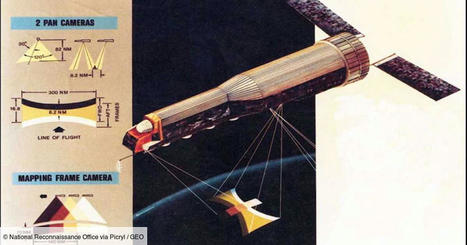Déjà exploitées par des archéologues, des photographies prises par des satellites espions pendant la guerre froide (puis déclassifiées) devraient aussi servir à analyser la dégradation des milieux naturels, prône une étude dirigée par des scientifiques de l'université de Fribourg en Allemagne (BioScience).
Research and publish the best content.
Get Started for FREE
Sign up with Facebook Sign up with X
I don't have a Facebook or a X account
Already have an account: Login
Revue de presse et du net par le Pôle de partage des connaissances S&T de l'Office français de la biodiversité
Curated by
DocBiodiv
 Your new post is loading... Your new post is loading...
 Your new post is loading... Your new post is loading...
|
|












Catalina Munteanu, Benjamin M Kraemer, Henry H Hansen & al.The potential of historical spy-satellite imagery to support research in ecology and conservation, BioScience, 2024;, biae002, https://doi.org/10.1093/biosci/biae002 ecology and conservation, BioScience, 2024;, biae002, https://doi.org/10.1093/biosci/biae002